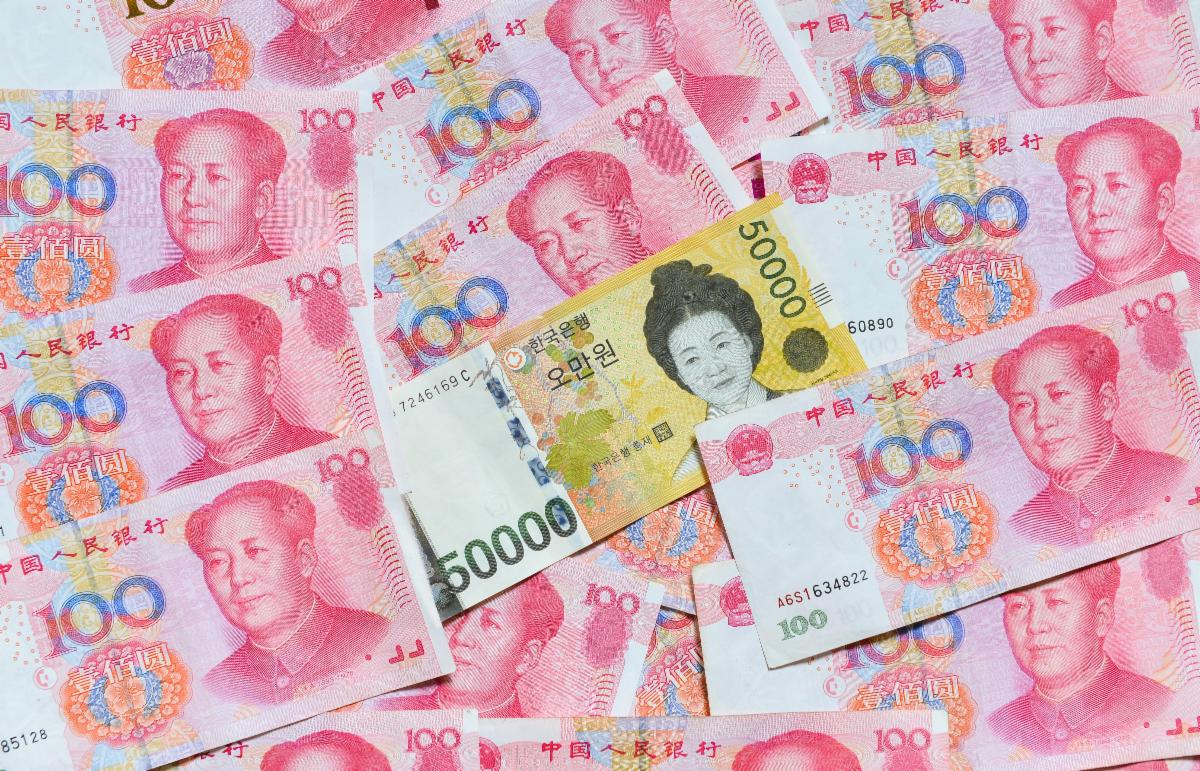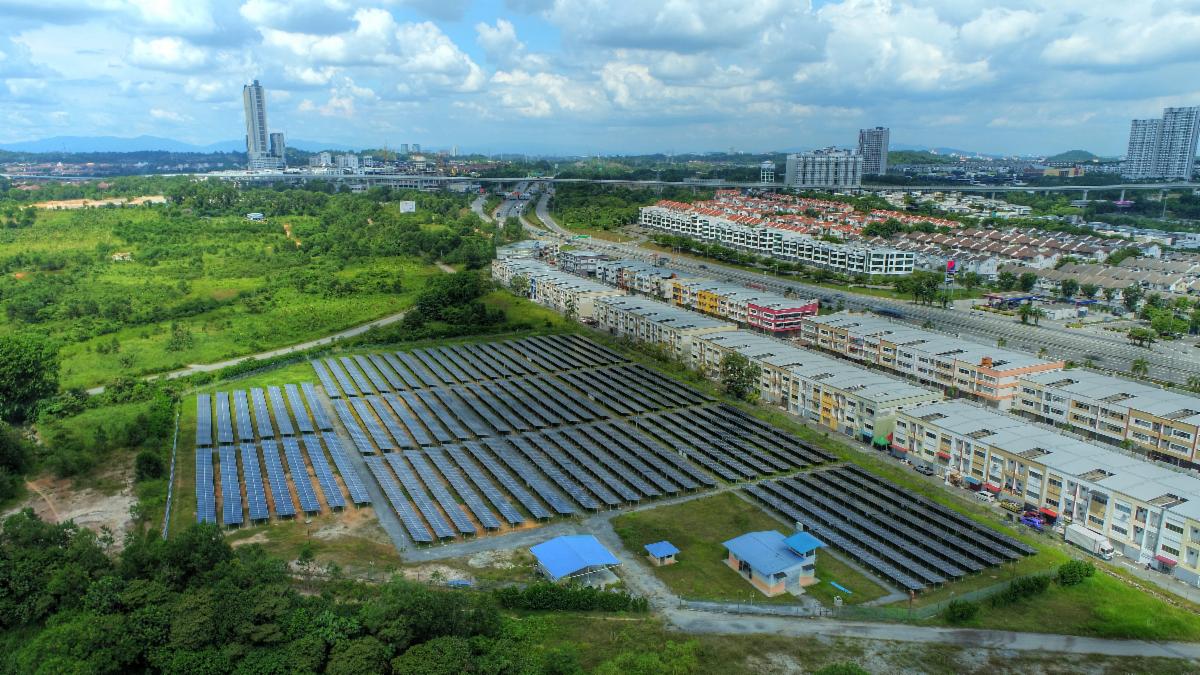Indo-Pacific Energy Update – August 11, 2023
Indo-Pacific Energy Update – August 11, 2023
Want to receive future energy updates? Subscribe here.

Chinese firms invest in ROK for access to EV tax credits as U.S. lawmakers grow wary
On July 31, Reuters reported that Chinese battery firms have invested $4.4 billion for manufacturing projects in South Korea. Experts speculate Chinese firms are hoping to benefit from the United States’ Inflation Reduction Act tax credits through the U.S.-Korea Free Trade Agreement. Under IRA rules, the electric vehicle critical minerals tax credit eligibility is predicated on an EV containing at least 40% of its critical minerals value from the U.S. or a free trade partner, which would include minerals for batteries processed in the ROK.
China’s apparent pursuit of a share in U.S. EV tax credits comes at a time when U.S. lawmakers are growing warier of China’s role in U.S. energy supply chains as well as trade and investment in key technologies. Some members of Congress are closely scrutinizing Ford’s technology deal with Chinese battery firm CATL; others called on the Biden Administration to restrict outbound U.S. investment in China, especially investments related to national security. The administration has just acted on that, imposing limits on U.S. investment in certain advanced computing technologies.
Why it matters: Chinese EV automakers have shown interest not only in accessing U.S. tax credits, but also in expanding their sales in U.S. markets, where ‘budget’ Chinese EVs could find a niche in a market now dominated by more expensive options. If the tax credits allow manufacturers to cut prices, Chinese manufacturers could get extra help overcoming an existing 27.5% tariff introduced by the Trump Administration.
U.S. lawmakers have already expressed concern about Chinese EV firms profiting from the IRA’s taxpayer-funded incentives. Public exposure of Chinese companies’ efforts to do this might increase political pressure on the administration as it works to write a ‘Foreign Entity of Concern’ rule that would block eligibility for countries, companies, or other entities specified in the final rule.
Meanwhile, Vietnam has positioned itself as a manufacturing alternative to China. A Vietnamese carmaker is already breaking ground on a $4 billion EV manufacturing plant in North Carolina; the U.S.-ASEAN Business Council has argued that a critical mineral deal to grant Vietnam’s EV firms tax credit eligibility could encourage further Vietnamese investment in the United States. Any such agreement might prompt skepticism from some in Congress who fear that China could try to use trade and investment in the country to evade U.S. tariffs, much as it did with solar exports, in addition to securing a share of U.S. tax credits.

India ramping up solar expansion, but struggling to maintain rural systems
Indian officials have touted the country’s considerable successes in deploying non-fossil energy, especially solar power. Indeed, of over 190 gigawatts in new power generating capacity since 2014, solar has provided about one-third (64.3 GW). India’s solar sector continues to attract investment, including Indian conglomerate Adani’s new $394 million solar manufacturing plant and U.S. firm First Solar’s commitment of “hundreds of millions of dollars.”
Yet India’s shining solar achievements are also clouded by difficulties sustaining new generation. A major Washington Post article reports that India is struggling to maintain solar systems installed in rural areas. Smart Power India, which collaborated with the Post for the report, noted that of 3,300 government owned solar mini-grids, only 5% were operational.
Why it matters: India’s solar challenges illustrate the difficulty that developing states—and, in fact, all countries—face as they charge ahead with rapid deployment of new power systems (or anything else).
This isn’t a new problem. Nor is it isolated to India. Despite a higher generating capacity than the United States and other advanced economies, China’s wind turbines generated less electricity in part due to grid connection delays and grid mismanagement in the 2010s. More recently, in 2022, Thailand’s Office of the National Anti-Corruption Commission found that five of the six solar projects in a pilot program were abandoned, and an early 2000s solar program for rural communities similarly failed. In the U.S., permitting and transmission planning bodies are straining under the pressure of applications that far outstrip their capacity for review.
Money and political will are necessary to build solar or other generation quickly at scale. But government capacity is just as important as generating capacity in ensuring that energy transition policies succeed at reducing global greenhouse gas emissions.

Where is the International Energy Agency?
On July 18, the EU announced a new energy security dialogue with Japan to discuss global LNG architecture. As two of the largest importers of LNG, the two agreed on market transparency at LNG terminals, price indices and gas storage, reducing methane emissions in LNG supply chains, and ensuring the overall global supply of LNG in the event of energy crises, such as the crisis following Russia’s invasion of Ukraine. According to S&P data, the EU and Japan imported 133bcm and 106bcm of LNG in 2022, respectively, and represent 42% of the world’s LNG trade last year. The step is a logical move that could strengthen the hand of these two big consumers in dealing with exporters seeking leverage from EU-Japan competition for supply.
Why it matters: Russia’s invasion of Ukraine, Western sanctions, and resulting energy market disruptions have affected Europe most immediately, but the consequences have spilled over into Japan and Korea as well. Natural gas prices in both counties have risen following decisions in Tokyo and Seoul to allow planned LNG deliveries to go to the EU instead. In Korea’s case, government-owned utility KEPCO is facing a severe financial squeeze as officials seek to limit the impact of higher prices on consumers. In this context, closer coordination between the EU and Japan could be quite valuable to each.
That said, the fact that Brussels and Tokyo are pursuing bilateral dialogue raises questions about the International Energy Agency’s role and mission. Established in response to the 1973 OPEC oil embargo to help coordinate oil supplies among members of the Organization for Economic Cooperation and Development (at the time, largely an association of Western democracies with market economies), the multilateral group’s secretariat has evolved substantially. Today, much of the IEA’s public-facing work focuses on research and advocacy surrounding energy sector greenhouse gas emissions and the energy transition.
The United States took the lead in managing the energy-related consequences of Russia’s invasion of Ukraine; the IEA has taken few visible steps beyond announcing a release of IEA oil reserves synchronized with a U.S. release three times larger, and issuing some reports recommending policy options to the EU. Washington quickly solidified LNG deals with the EU, Japan, Korea, and Qatar to stabilize supplies among major OECD natural gas importers. Absent a meaningful IEA effort to live up to its original mission, agreements like the EU-Japan LNG dialogue seem set to proliferate. And will likely be necessary.

Malaysia Releases National Energy Transition Roadmap
On July 31, the Malaysian Government released the country’s National Energy Transition Roadmap during its Invest Malaysia event, centered on ten flagship projects that include: establishing “renewable energy zones,” hydrogen, and developing carbon-capture technologies. In addition, the country modified its renewable energy targets with the goal of achieving 70% of its energy from renewables by 2050; its original target was 40% by 2035. The plan also calls for lifting Malaysia’s renewable energy export ban.
The announcement came two days after Malaysia’s Economy Minister said inefficient government policies, particularly its solar application process, had negatively impacted the country’s private sector from adopting renewable energy technologies. Currently, renewable energy only contributes to 16% of Malaysia’s electricity generation, of which large-scale hydropower and solar constitute 67% and 18% of renewable electricity, respectively.
Why it matters: Like Laos, Malaysia could play an important role helping its neighbors achieve energy security and possibly in reducing their emissions. Malaysia has several hydropower dams and reservoirs that its largest utility, Tenaga Nasional Berhad (TNB), plans to develop 2.5GW of floating solar at these sites. The International Renewable Energy Agency (IRENA) estimates Malaysia has the potential to install 153 GW of solar generating capacity by 2050. As of 2021, Malaysia had installed 1.8 GW of solar power capacity and has 36.2 GW total capacity from all sources.
But Malaysia faces significant energy and financing challenges to meet its lofty goals. Malaysia’s northern regions on the Malay Peninsula and the island of Borneo, where its solar resources are strongest, will need new transmission lines and undersea cables to connect solar electricity to Kuala Lumpur and power-intensive areas in the south. Unlike its neighbors Indonesia and Vietnam, Malaysia has yet to secure a Just Energy Transition Partnership agreement to help finance its transition away from coal, which provides 42% of Malaysia’s electricity. IRENA estimated the country will need at least $415 billion by 2050 to facilitate its energy transition. Past policy incentives and ample domestic natural gas have thus far limited growth in its non-hydro renewables sector. While the newly released roadmap highlights new policies could lead to $403 billion investment by 2050, Malaysia—like other developing nations—will need considerable help to achieve its objectives.
